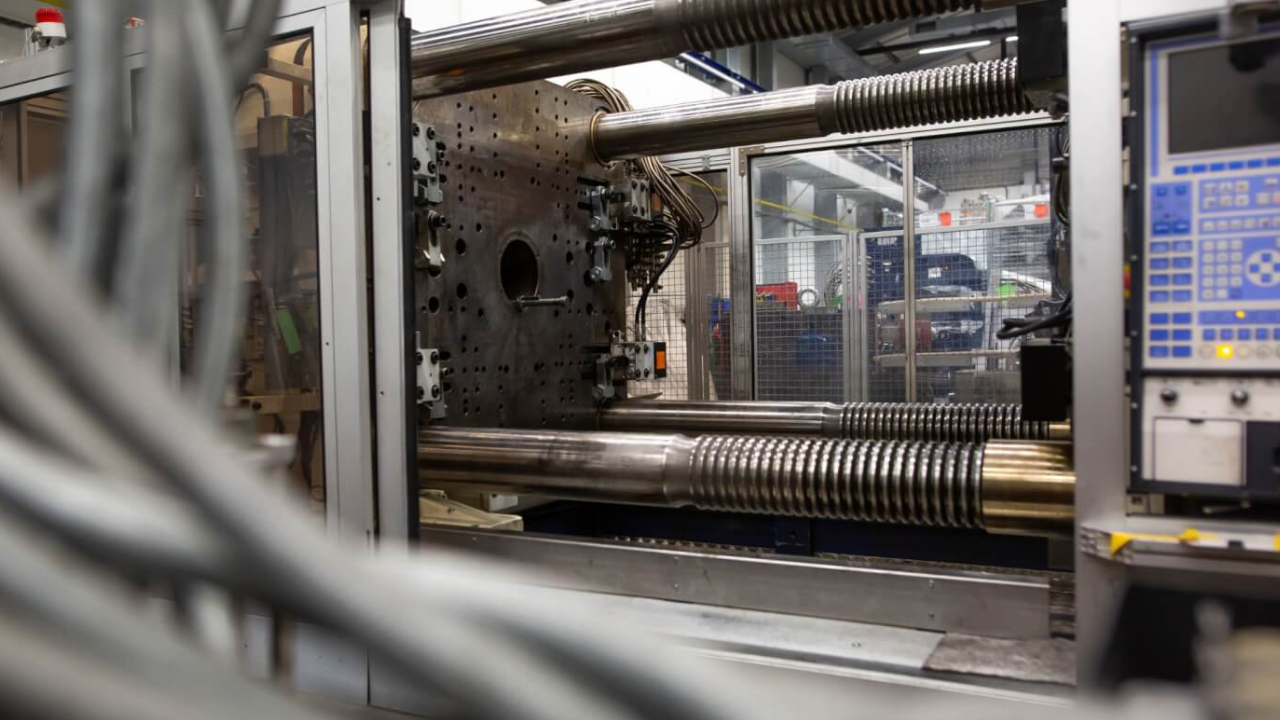Injection molding stands as a cornerstone in modern manufacturing, revolutionizing the production of plastic parts across various industries. The global market for injection molding has reached a staggering value of almost 260 million U.S. dollars, underlining its significance in contemporary manufacturing. The flexibility of injection molding extends to supporting various materials and finishes, making it a preferred option across industries such as aerospace, medical equipment, and automotive.
The process is particularly renowned for its ability to create complex parts with precise designs, a feature crucial for demanding applications. Explores the fundamentals of injection molding, its operational intricacies, the advantages and disadvantages associated with the process, its diverse applications, and crucial considerations when selecting injection molding services.
What is Injection Molding?
Injection molding is a versatile manufacturing process that employs plastic or metals to produce a wide array of intricate parts and items. Despite its inception in the 19th century, injection molding remains a leading method for cost-effective production of complex parts. Custom-made molds are utilized in injection molding machines to shape materials according to specific requirements, resulting in identical copies that can be further customized.
Working on Injection Molding
The injection molding process, a cornerstone in modern manufacturing, unfolds with precision through three key components: the feed hopper, the screw, and the heated barrel. Plastic powder or granules enter the feed hopper, where the screw generates frictional heat, reaching the optimal temperature.
Subsequently, the liquefied plastic is injected into the mold cavity, where it cools and takes the precise shape dictated by the mold design. The sophistication of injection molding extends beyond its apparent simplicity. Advanced techniques, such as over-molding and insert molding, elevate its capabilities by enabling the creation of parts with multiple materials or adding plastic components to existing structures.
This complexity underscores the importance of employing precision equipment and expertise to achieve optimal results in the manufacturing process. Injection molding's versatility and intricacy make it a fundamental force in crafting identical parts with unparalleled accuracy and efficiency.
Difference between Injection Molding and 3D Printing
Injection molding and 3D printing represent two distinct approaches to manufacturing, each with its unique strengths. Injection molding hinges on molds and liquefied materials, offering a highly efficient method for mass production of identical parts. This process ensures repeatability and impeccable precision, making it a preferred choice for industries where uniformity is paramount, such as aerospace and automotive.
On the other hand, 3D printing operates on an additive principle, crafting objects layer by layer from digital blueprints. This method excels in producing intricate, customized, or low-volume pieces with unparalleled design flexibility. While injection molding is the go-to for large-scale, cost-effective manufacturing, 3D printing thrives in scenarios demanding innovation, intricate details, and bespoke solutions.
The additive nature of 3D printing allows for the creation of complex geometries that might be challenging or impossible with traditional molding techniques. In essence, the choice between injection molding and 3D printing depends on the specific requirements of the project, with each method offering its own set of advantages and applications in the diverse landscape of modern manufacturing.
Choose Injection Molding Services
Choosing the right injection molding services is a critical decision that hinges on several key factors. First and foremost, prioritize experience by selecting a provider well-versed in managing a variety of injection molding projects. A seasoned provider brings a wealth of knowledge, ensuring a smoother process and the ability to navigate potential challenges seamlessly.
Next, technology plays a key role in the injection molding landscape. Opt for services that boast cutting-edge injection molding machine technology. This not only ensures precision in the manufacturing process but also enhances overall efficiency. State-of-the-art machinery is indicative of a commitment to staying at the forefront of industry advancements, providing you with the latest and most effective solutions.
Additionally, consider the capacity of the injection molding services. A reliable provider should demonstrate the capability to handle both small and large-scale projects. This versatility is crucial for accommodating fluctuations in production demands, ensuring scalability as your business evolves. By considering experience, technology, and capacity, you can make an informed decision that aligns with your specific injection molding needs and sets the foundation for successful and efficient manufacturing partnerships.
Conclusion
Injection molding stands as a pivotal force in modern manufacturing, offering unparalleled precision, cost efficiency, and versatility. Understanding the intricacies, applications, and considerations for selecting injection molding services is crucial for companies seeking optimal results in the production of plastic parts across various industries. As technology advances, injection molding continues to play a vital role in shaping the future of manufacturing.


